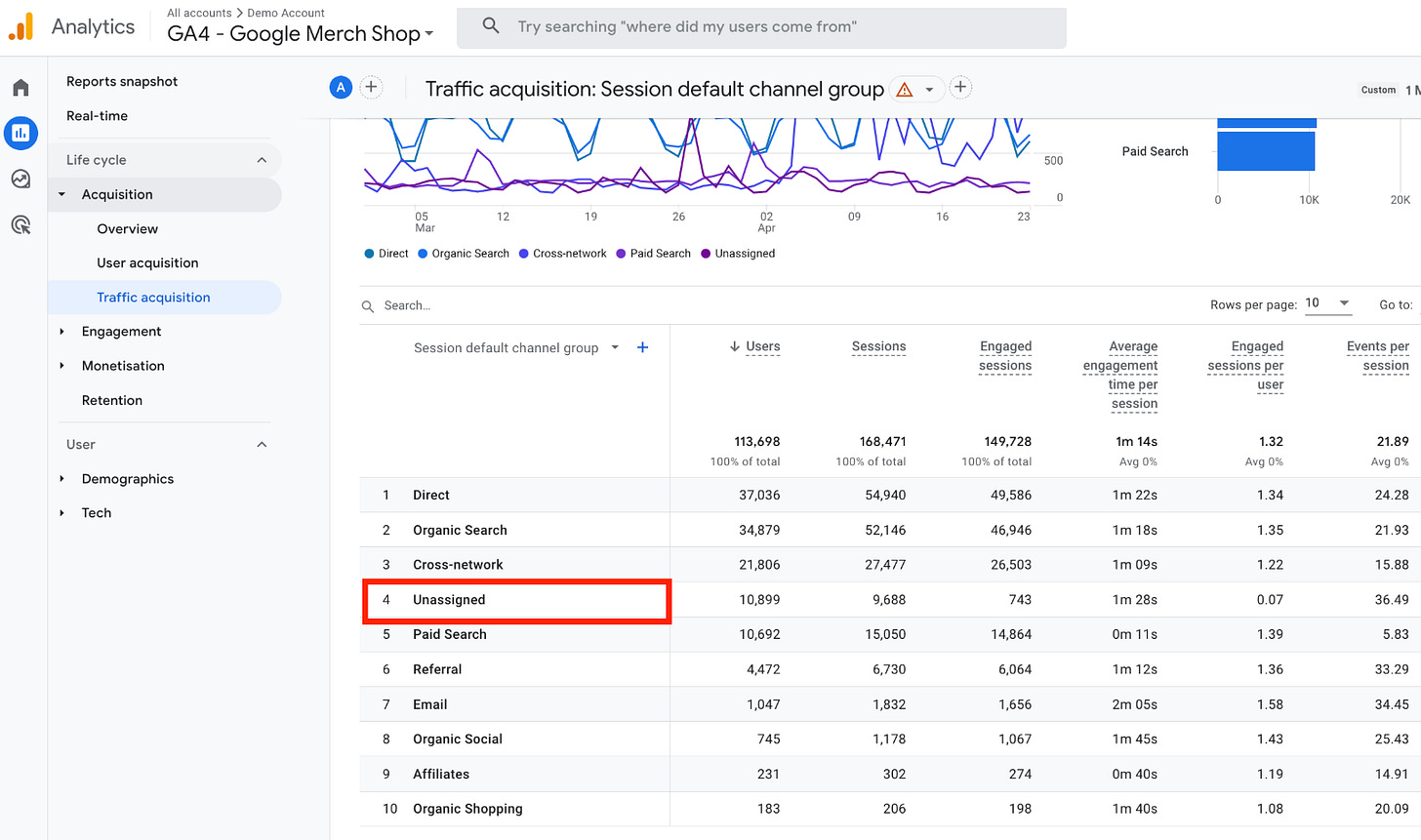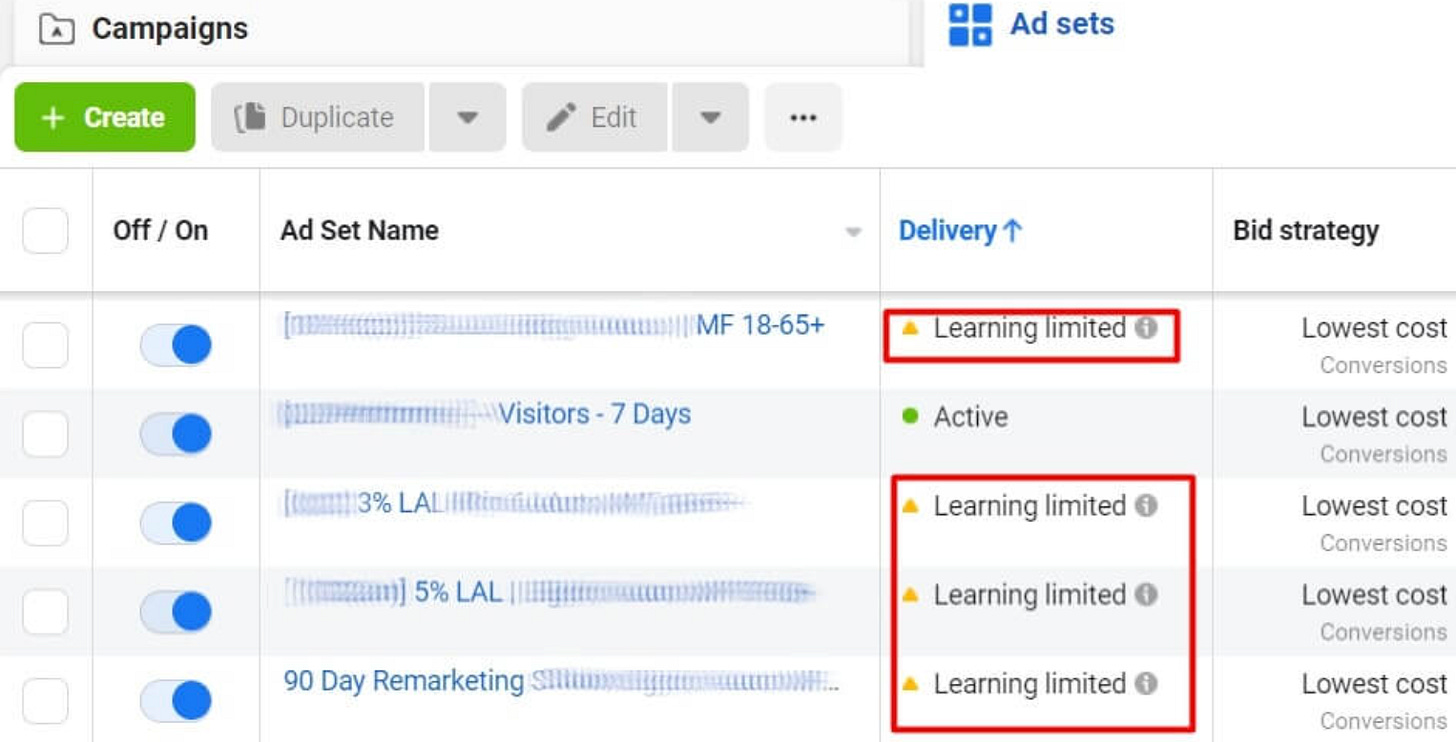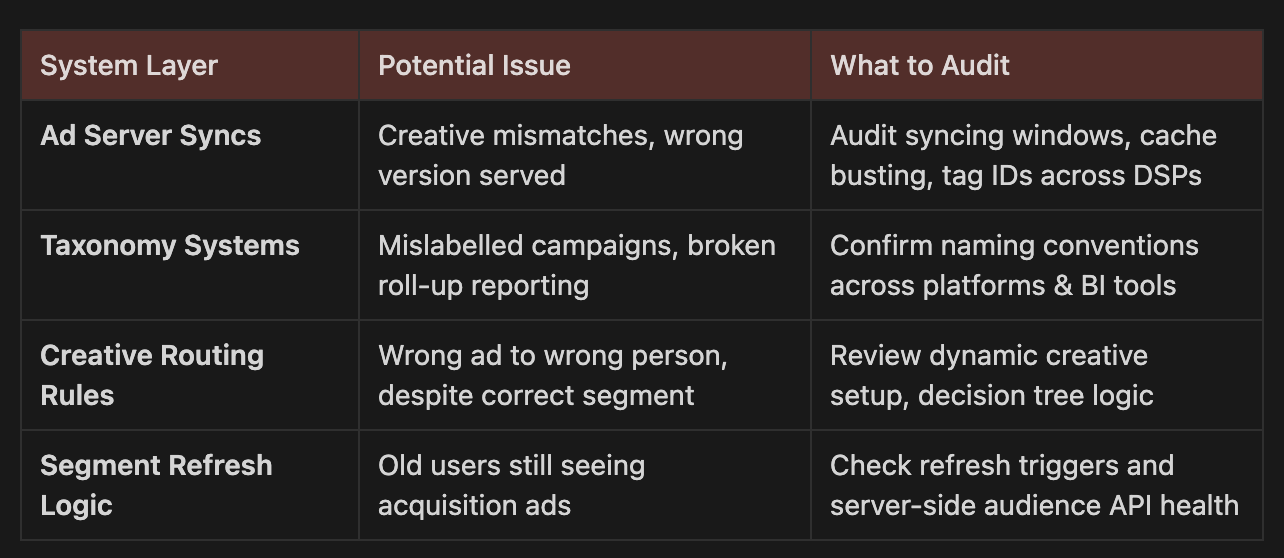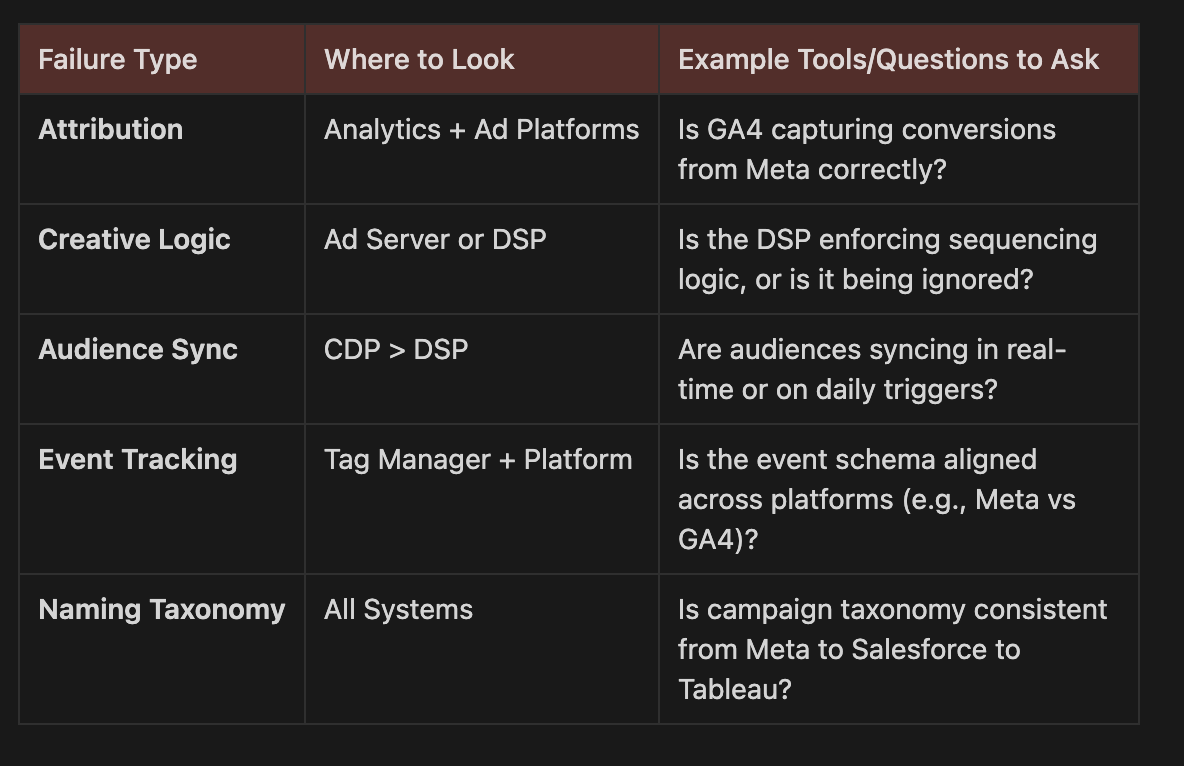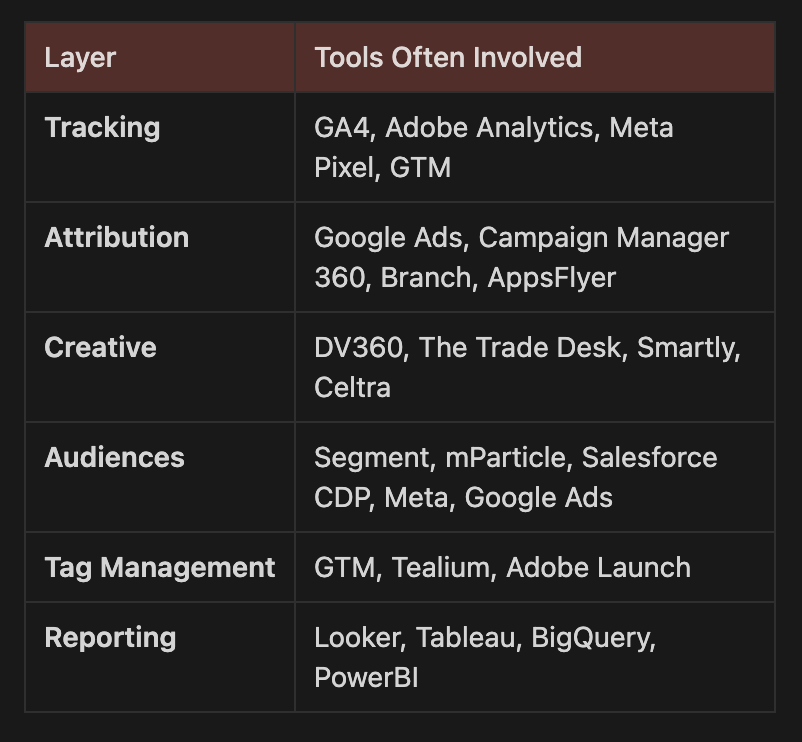Omnichannel Orchestration: Episode 3 — The Things That Broke First
Precision Kills. Chaos Finishes the Job.
This post follows Episode 2, where we mapped the tech stack and system logic required to coordinate media, data, and creative. If you missed it, go back to EP02 here.
“Marketing campaigns don’t collapse from incompetence. They collapse from invisible misalignments disguised as confidence.”
As with most campaigns, it started with a meticulous planning process & optimism.
The decks were clean. The stack was elegant. Even the Slack threads — chaotic, yes — still held a certain tempo.
And then: launch.
Our system didn't break suddenly; it just slowly fell apart because of problems no one saw. And the first things to go were attribution & accountability.
GA4 blinked first.
UTM parameters, once obsessively documented and gloriously colour-coded, now tossed paid clicks into “Unassigned.”
On Meta, events failed to fire.
The campaign slipped into “Learning Limited” — a purgatory of good intentions and machine indifference.
Over in the DSP?
Click-through rates soared. Too well, in fact. Viewability sat below 20%. The algorithm wasn’t optimising for outcomes. It was chasing low-hanging dopamine — empty clicks with no pulse behind them.
The creative logic was no better.
Top-of-funnel videos collided with mid-funnel carousels in the wrong sequence. The carefully planned choreography of message and medium turned into a mosh pit. Format. Funnel stage. Frequency tier. All unsynced.
Even audience segmentation betrayed us.
“Recent site visitors (3 days)” defaulted to “30 days” in one DSP when a refresh trigger silently failed. Thousands of impressions wasted on the already converted. Noise, not signal.
What began as precision became fragmentation.
What was meant to be an engine became entropy.
And somewhere in the mix, the truth whispered:
You don’t rise to the level of your media plan. You fall to the strength of your infrastructure.
You don’t rise to the level of your media plan. You fall to the strength of your infrastructure.
What Actually Broke?
Not the strategy. Not the budget.
But everything we assumed would “just work.”
The silent machinery: tag syncing, audience refreshes, placement filters, attribution stitching — the connective tissue of modern campaigns.
It didn’t fail dramatically.
It failed quietly.
The problem wasn’t a breakdown. The problem was invisibility.
So we adapted.
We recalibrated mid-flight, suturing systems that were supposed to be sealed.
It wasn’t firefighting. It was surgery — one performed without anaesthetic, midair, with stakeholders watching.
What I’d Do Differently Next Time
1. Run simulation testing like a product launch
Before go-live, build a closed-loop test campaign across platforms.
Validate tag firing, audience delivery, sequencing logic.
If you can’t simulate it, you can’t scale it.
2. Schedule audience sync windows
Although most CDPs offer “Real-time” syncs remember this concept is not not a guarantee.
Trust refresh triggers like you’d trust a parachute: inspect, don’t assume.
Set explicit sync intervals and QA checkpoints.
3. Interrogate optimisation logic
Review platforms and ask your team What exactly are you optimising for?
Then ask again.
If their answer doesn’t match your success metric, disable or reconfigure.
4. Document a canonical naming system
Build a single source of naming truth in Notion or Airtable.
Include UTM formats, creative tags, audience IDs — everything.
Audit weekly.
Use The Omnichannel Campaign Autopsy Map:
Use this as a diagnostic tool to troubleshoot what actually breaks beneath the surface.
Failure Points (Surface-Level Symptoms)
Each of these layers can misfire subtly — or all at once.
Infrastructure & Sync Dependencies (Invisible Machinery)
These layers often fail quietly, but their effects are dramatic. Look here for root causes.
Tool Stack Map (Match Symptoms to the Tool Layer)
Map each issue to your core platforms — don’t just blame the platform, trace the connection.
Tools to Include in Analysis
(Adapt to your actual stack)
“Precision isn’t about control. It’s about knowing what won’t surprise you at scale.”
Final Reflection: What Breaks First
It’s not your media plan that collapses.
It’s your assumptions.
The invisible handshake between APIs.
The lag between a user action and a platform’s memory.
The silent gap between what should happen — and what does.
What fails isn’t always broken. It’s simply unseen.
If you want orchestration,
you must first master recovery.
And if you want recovery,
you must first see clearly.
Not with dashboards. With understanding.
Transformation Begins Here
You don’t avoid failure. You absorb it.
You begin to anticipate the invisible blockers that sabotage omnichannel flow — not by chasing perfection, but by designing for resilience.
This is the shift:
From performance silos → to system design.
From “working campaigns” → to durable infrastructure.
From assumptions → to engineered clarity.
“The most dangerous bugs in your stack are the ones you assumed couldn’t exist.”
Next Episode: EP04 — The Targeting Lever Index
Once the basics are stabilised, the next challenge is precision: how to use targeting to speak to behaviour, not just demographics. — The Targeting Lever Index** Once the basics are stabilised, the next challenge is precision: how to use targeting to speak to behavior, not just demographics.



